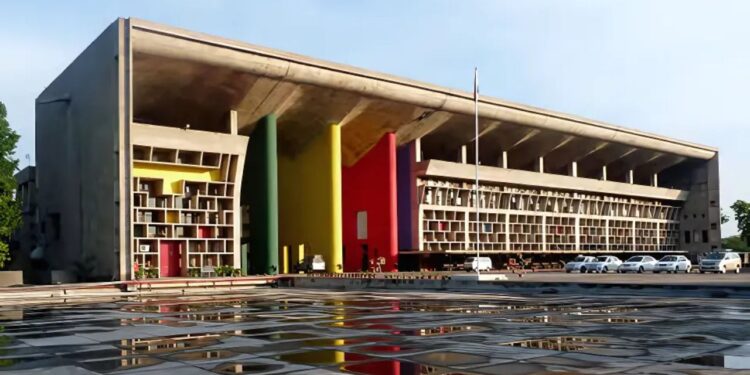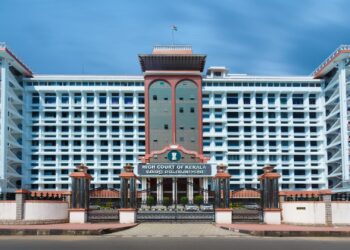The Supreme Court’s decision to stay the Punjab and Haryana High Court’s order comes after concerns were raised about the potential impact on the heritage status of the Chandigarh Capitol Complex, which is a UNESCO World Heritage Site. The High Court had previously instructed the Chandigarh Administration to construct a verandah outside the Chief Justice’s courtroom, similar to those in front of other courtrooms. However, the Supreme Court agreed with the UT Administration’s stance that this addition could alter the facade of the heritage building, designed by the celebrated architect Le Corbusier.
Solicitor General Tushar Mehta, representing the UT Administration, emphasized the importance of preserving the building’s heritage, stressing that constructing the verandah would disrupt the historic value of the structure. He pointed out that there was no urgent need for the construction, particularly as it would not serve any critical function for the Bar or the public. The Supreme Court’s stay also addressed a contempt notice issued to the UT Chief Engineer by the High Court for failing to carry out the order.
The High Court building, part of the Chandigarh Capitol Complex, is known for its architectural brilliance. Le Corbusier’s design is a significant example of modernist architecture and was aimed at creating a harmonious blend of functional spaces within the context of the natural landscape. The building is celebrated not only for its aesthetics but also for its symbolic representation of India’s post-independence aspirations.
In its petition to the Supreme Court, the Chandigarh Administration argued that the construction of the verandah would change the visual integrity of the iconic building, which could potentially affect its standing as a UNESCO-listed heritage site. The Supreme Court’s intervention ensures that any future developments related to the High Court building will be carefully examined to avoid compromising its heritage status.
The decision to stay the construction and the contempt notice highlight the legal complexities surrounding the preservation of heritage sites and the balance that must be struck between development and conservation. The outcome of this case will likely set a precedent for how similar matters involving heritage buildings and infrastructure improvements are handled in the future.

















